The mere mention of lavender may bring to mind soft, scented sheets or wispy, aromatic fields in France. But Lavender has a much richer history than relaxation and a pleasant aroma. Lavender’s properties are powerful and extensive (Google it sometime).
In addition to keeping a bottle of pure Lavender essential oil alongside the bath salts, every mother’s bathroom arsenal…er…cabinet should be well-stocked with this botanical gift from God’s creation!
You may think you already know everything you need to know about Lavender, but I think you’d be surprised by its rich history!
While Young Living now has a great ready-made sun spray, did you know you can make your own in a spray bottle mixed with pure liquid Aloe (be careful that it’s not cut with other ingredients)?
Sprinkle Lavender on beds, towels, pillows, and scraped knees! Add to moisturizer, shampoo, hand soap, bath water, or diffuse into the air! Add to tea, lemonade, scones, or vinaigrettes!
And keep it handy in the kitchen for other needs too – like the time when you forgot that cast iron skillet was too hot and you grabbed the handle by mistake! Oh wait…that was me! 😂
The History of Lavender
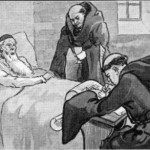 Historically speaking, records of lavender being used therapeutically date back to the early Egyptians. When the tomb of Tutankhamen was opened, jars filled with botanical unguents were found. These unguents were used only by the royal families and high priests in cosmetics, massage oils, and highly treasured ointments. They even wrapped their dead in lavender dipped shrouds.
Historically speaking, records of lavender being used therapeutically date back to the early Egyptians. When the tomb of Tutankhamen was opened, jars filled with botanical unguents were found. These unguents were used only by the royal families and high priests in cosmetics, massage oils, and highly treasured ointments. They even wrapped their dead in lavender dipped shrouds.
The Ancient Greeks rubbed lavender-infused oils on the back when needed or when they needed help sleeping. They also believed its relaxation properties were helpful to the mentally unstable. The Romans used lavender in public baths, which is probably where its name came from. The word Lavender comes from the Latin word Lavare, which means “to cleanse.” It’s also highly likely that the Romans brought lavender to Britain.
Benedictine Monks, the healers of their day, cherished lavender. Monasteries preserved the knowledge of herbal lore in their physics gardens. They copied ancient manuscripts and recorded the effects of various plants.
Under an edict of the Holy Roman Empire in 812 AD, they were charged with growing vegetables, medicinal plants, flowers, and trees.
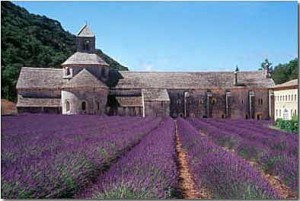
Senanque Abbey is a working monastery in France where monks still live an ancient way of life. The monks here make lavender oil, liqueur, and honey.
In Tudor England, when Henry VIII dissolved the monasteries, lavender moved to domestic gardens. The ladies of the manor used lavender for all kinds of things. It was placed among linens, sewn into sweet bags, used to freshen the air, and mixed with beeswax to make furniture polish. Traditionally it was planted near the laundry room.
Ever heard of Lavender Water? The Victorians washed their floors and linens with lavender water and used it to repel insects. They would often use lavender water as a perfume, sprinkle dried lavender buds in their linen drawers, or rub the fragrant flowers on their stationary before mailing a love letter (Try it!).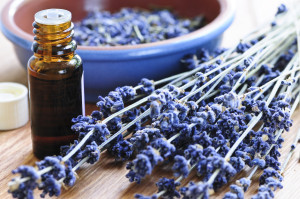
Later, Lavender was used to freshen sick rooms and flowers were strewn on the floor to release their essence into the air when stepped upon. This practice continues to this day in areas of Spain and Portugal.
A Providential Accident
Rene Gattefosse, a French chemist who worked in his family’s perfumery business, suffered a tragic explosion in his lab in 1910. His hand was badly burned and he instinctively knew what to do! Look up his story sometime!
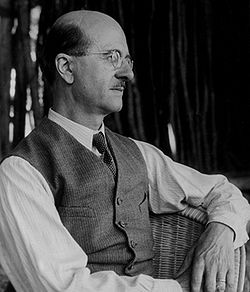
As a result of what happened that day, Gattefosse turned his scientific attention to the study of essential oils and their beneficial effects on the skin. His research led him to write the book “Aromatherapies”, which was well received by other experts who went on to do their own research (including our own Gary Young).
All through the ages, Lavender has been considered a precious natural remedy. It was a common ingredient in smelling salts; and, in both World Wars, soldiers carried vials of lavender essential oil onto battlefields.
Because it is one of the mildest essential oils in existence, lavender oil is often a “first oil” for children.
A few drops of Lavender oil in the bath also makes a nice, calming “bed time” soak for children. Spray a little on their sheets too! Imagine the memories they’ll have one day of warm sheets, cuddly pillows, and their lavender scented linens!
The Dangers of “Cheap” or “Adulterated” Lavender Essential Oils
Today much (possibly most) of the lavender oil sold in America is a hybrid called lavandin, grown and distilled in China, Russia, France, and Tasmania. It is brought into France and cut with synthetic linalyl acetate to “enhance” the fragrance. Propylene glycol, DEP, or DOP (solvents that have no smell and increase the volume) are then added and it is sold in the United States as lavender oil.
Often lavandin is heated to evaporate the camphor and then is adulterated with synthetic linalyl acetate. Most consumers don’t know the difference, which is one of the reasons it is important to know about the integrity of the company or vendor from which you purchase your essential oils.
Adulterated and mislabeled essential oils present dangers for consumers. One woman who had heard that lavender was good for burns, unfortunately used lavender oil from a local health food store when she spilled boiling water on her arm. But the pain intensified and the burn worsened, so she later complained that lavender oil was worthless.
When her “lavender oil” was analyzed, it was found to actually be lavandin, a hybrid lavender that is chemically very different from pure Lavandula angustifolia. Lavandin contains high levels of camphor (12-18 percent) and can itself burn sensitive skin. In contrast, pure lavender is soothing and gentle to the skin. 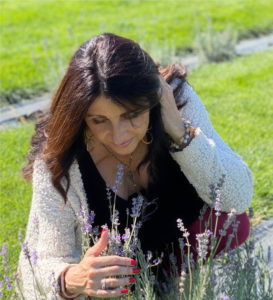
The Young Living Standard
There is a significant difference between oils that simply smell good and those that work.
Independent laboratory testing proves that Young Living essential oils meet and often exceed industry requirements, and as stewards of nature’s potent remedies, Young Living maintains higher internal standards built upon the magnitude of our own rigorous quality assurance requirements. (See www.seedtoseal.com) Each essential oil must achieve the designation naturally, without excess manipulation and refinement, and meet specific criteria in four key areas: Plants, Preparation, Purity, and Potency.
PLANTS: Young Living products are produced in exceptional soil, and harvested at exactly the right time.
PREPARATION: Honoring a strict commitment to respect and protect the time-honored methods of distillation, Young Living makes every effort to preserve “nature’s living energy” in a manner as close to its natural state as possible. Using pure mountain water free of additives, Young Living has a proprietary, stainless steel distillation process that uses low temperature and low pressure to better preserve plant properties, capture the pure essence of the plant, and preserve the quality of the oils.
PURITY: Achieved through the use of quality plants and meticulous preparation, and not through ultra-refinement, our finished product is 100% pure. Young Living essential oils are unadulterated, uncut, and free of chemicals, pesticides, and heavy metals.
POTENCY: To guarantee our products exceed existing world standards and meet our own higher internal standards for potency, we analyze the finished oil’s phytochemical profile to ensure it delivers optimal amounts of every key plant compound.
Suggested Home and Family Uses
Lavender oil may be used in a variety of different ways, the most simple of ways is to simply inhale the oil in times of distress or discomfort. For external use, try the remedies listed below:
* For a DIY after-sun spray, add 10 drops lavender essential oil to 2-4 ounces of liquid distilled Aloe Vera and mist onto the a
ffected area with a spray bottle. Keep in the refrigerator for a cooling effect on the skin.
* For a peaceful night’s rest, apply to bottoms of feet, temples, and place 10 drops drops in an essential oil diffuser beside the bed.
* To freshen clothing, add several drops to the rinse water of the washing machine, and/or several drops placed onto a clean cloth or wool dryer ball and toss in the dryer about ten minutes before clothes or done drying.
* For a more pleasant cleaning experience, add 10 to 20 drops of lavender essential oil to your Thieves cleaner and use to clean surfaces around the home. It’s powerful properties will clean your home without the dangerous side effects of toxic chemicals.
*Apply a drop or two to your dishwater for a pleasant dish washing experience.
*Make yourself a wonderful “pillow spray” or “air freshener.” Spray pillows, sheets, towels, washcloths, stuffed animals, table clothes, or bedspreads. You may also choose to use it as a room or bathroom freshener. I spray the guest towels in the bathroom and it lightly scents the whole room!
Learn to do your own research. You’ll be amazed!
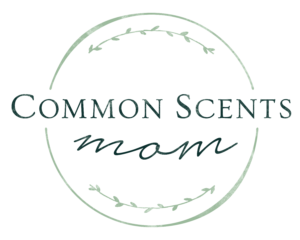

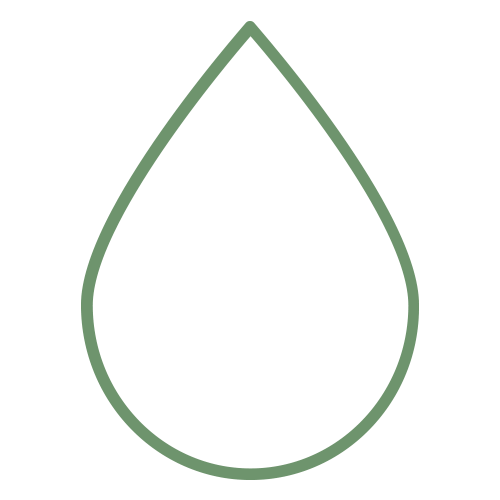



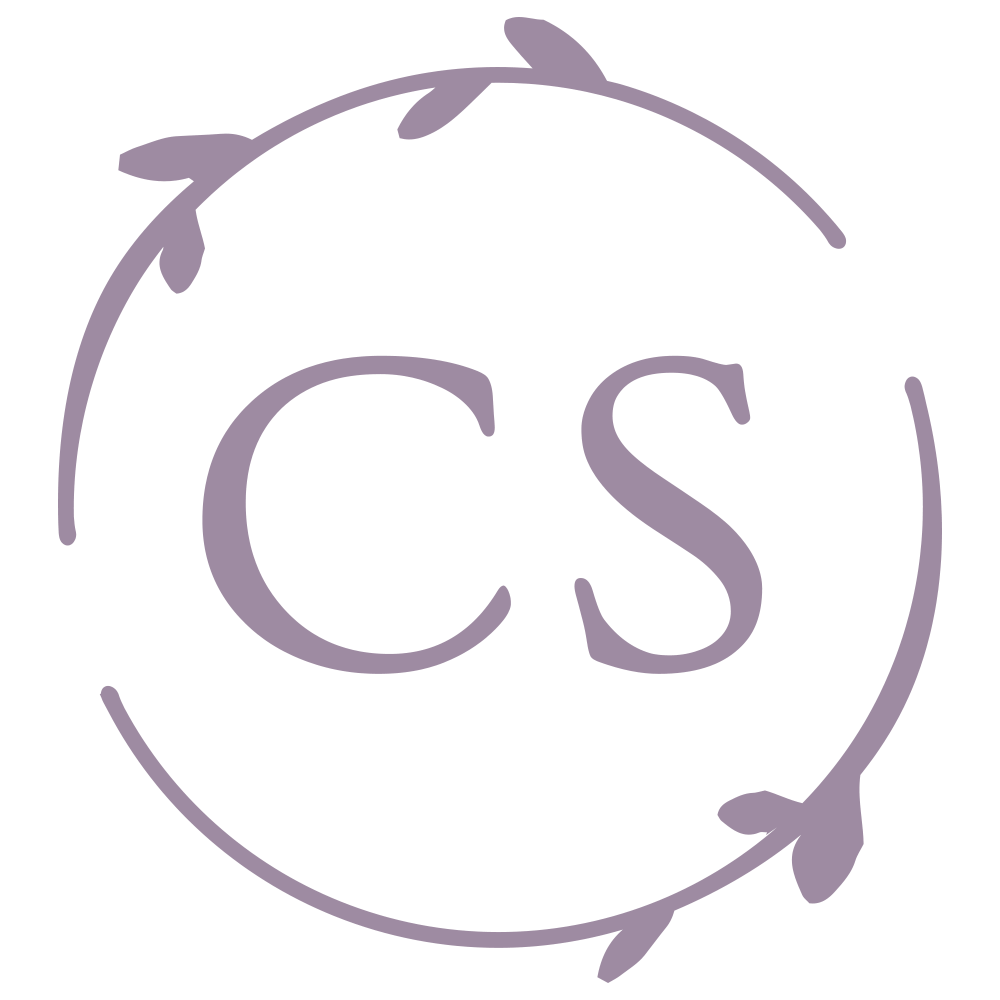
This Post Has 3 Comments
Thanks for that information. 🙂 I love lavendar and use lavendar oil in my cleaners to make them smell nice. I also grow lavendar in my garden which hasn’t been doing well, this year I’m hoping it will. God bless….
I didn’t go through and read this post (and yes, I realize it’s rather old lol), but I recently had an awesome experience w/ (GOD’s gift of!) lavender, and wanted to share!!!!
I’ve REALLY REALLY REALLY struggled with ‘my cycle’ the past few years– it’s been B-A-D. as in going from 5 years of regular to ONE in all of 2011!!!!!!!!!!!!!!!!!
AWFUL!
ANYWAY, I’ve been taking Vitex Root (chaste tree) (ALSO an incredible gift from the LORD!!!) and that has GREATLY HELPED!!! Actually, by God’s grace, over the last three months I’ve had VERY REG ones!!!!
but back when i was regular b4 all these issues, I always had horrendous cramps.
Last month, I woke up in the morning in INTENSE pain, due to the begining of my cycle. Like, 100% pain. I curled up in fetal position, and did NOT want to move!!! I wondered how I could let mom know how much pain I was in, b/c no one else was up and I’m downstairs. I’ve had “Dragon Time” b4 but that’s LOOOONG since been used up.
the only oil I had within my reach was Lavender, on the shelf right above my bed.
I was in pain so I didn’t want to move more than I ABSOLUTELY had to, so i reached up to get it, unscrewed it, I’m pretty sure with one hand, and got a small dab on my finger, and uncurled enough to apply it.
Oh.
My.
Soul.
The result literally shocked me!!!! It blew me away. Right when I applied it, it was as though a tight-clenched fist in my uncurled and relaxed– and this was JUST A DAB!
I WAS NOT expecting that! my pain went from 100% down to about 50%– enough for me to go upstairs to eat and warm up my heating pad! LOL But it was PHENOMENAL!!!!!!!!!
Praise be to GOD!!!
But I thought you’d like to hear that! 😉 🙂
Stacey, I deal with essential oils all of the time and I cannot stress the importance for these oils but especially Lavender! People don’t know their true benefits. Great write up
Comments are closed.